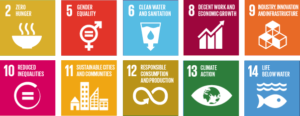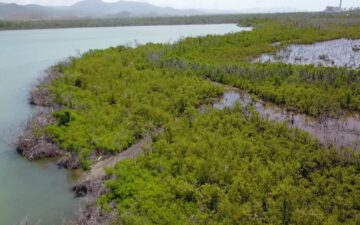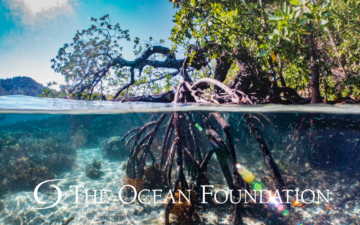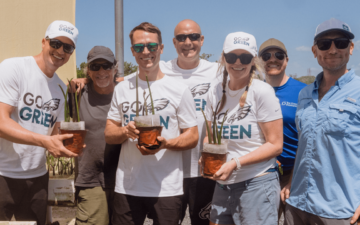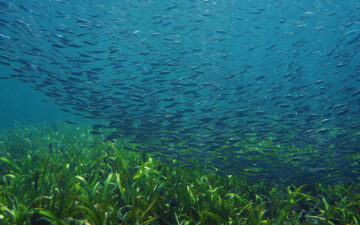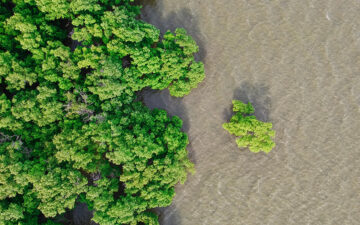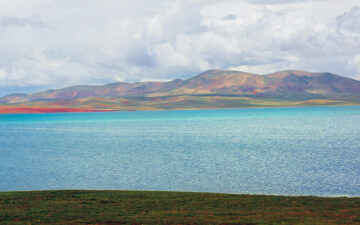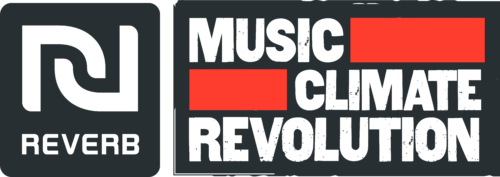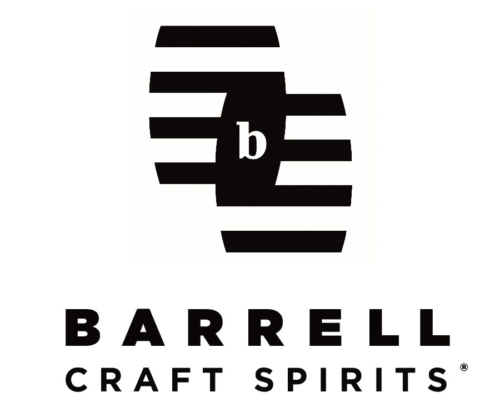Blue Resilience Initiative
The Ocean Foundation’s Blue Resilience Initiative (BRI) works to support coastal community resilience by restoring and conserving coastal habitats like seagrasses, mangroves, coral reefs, seaweeds, and salt marshes. We also reduce stressors to coastal environments and improve local food security through innovative regenerative agriculture and agroforestry approaches using seaweed-based compost.
Our Philosophy
Using the lens of the ocean-climate nexus as our guide, we maintain the connection between climate change and the ocean by advancing Nature-based Solutions (NbS).
We focus on synergy over scale.
An entire ecosystem is greater than the sum of its parts. The more connected a place is, the more resilient it will be to the many stressors presented by climate change. By taking a “ridge-to-reef”, or “seascape” approach, we embrace the myriad connections between habitats so that we preserve healthy coastal ecosystems that support greater shoreline protection, provide diverse habitat for plants and animals, help filter pollution, and sustain local communities more than would be possible if we were to only focus on a single habitat in isolation.
We ensure support reaches the communities who need it the most:
those that face the greatest climate risk.
And, our approach goes beyond simply preserving what is left. We seek to actively restore abundance and enhance the productivity of coastal ecosystems to help communities around the world thrive despite increasing resource needs and climate threats.
Our on-the-ground blue carbon conservation and restoration projects are selected based on their ability to:
- Enhance climate resilience
- Expand natural infrastructure for storm protection and erosion prevention
- Sequester and store carbon
- Mitigate ocean acidification
- Preserve and enhance biodiversity
- Address multiple habitat types, including seagrasses, mangroves, coral reefs, and salt marshes
- Restore abundance and food security through healthier fisheries
- Promote a sustainable ecotourism sector
Prioritization is also placed on areas near human communities to ensure the restoration and conservation of coastal ecosystems translates to a more vibrant local sustainable blue economy.
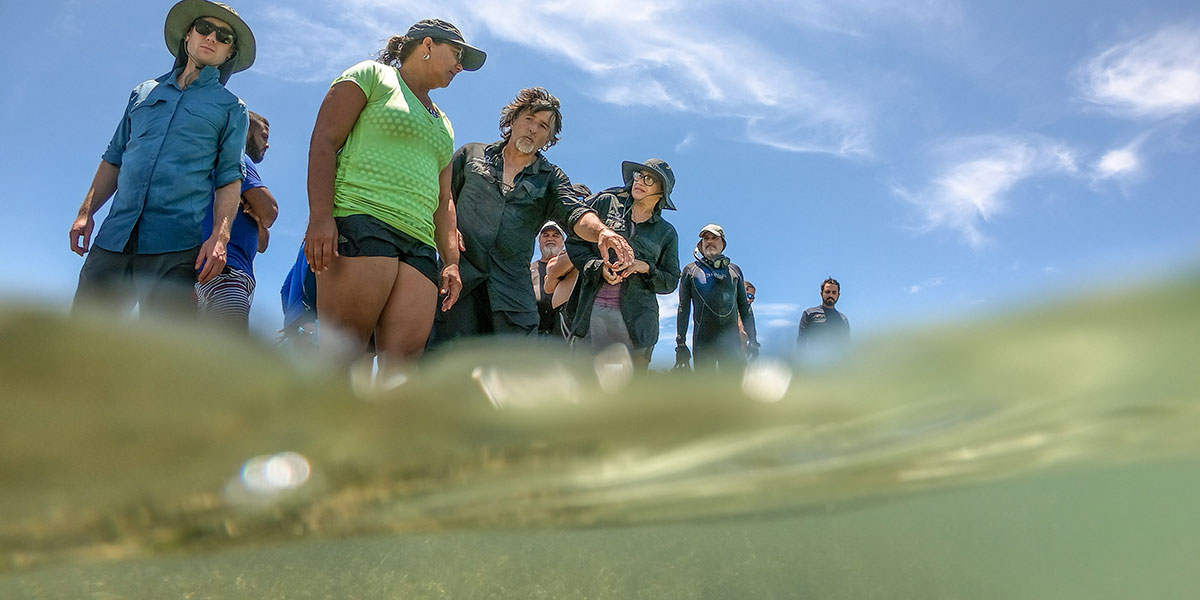
Our Approach
Big Picture Site Selection
Our Seascape Strategy
Coastal ecosystems are complex places with many interconnected parts. This requires a holistic seascape strategy that considers each habitat type, the species that rely on these ecosystems, and human-induced stressors on the environment. Does fixing one problem accidentally create another? Do two habitats thrive better when placed side by side? If pollution upstream is left unchanged, will a restoration site be successful? Considering a myriad of factors at the same time can yield more sustainable results in the long-term.
Paving the Way for Future Growth
While projects often begin as small-scale pilots, we prioritize coastal habitat restoration sites that have the potential for significant expansion.
User-Friendly Scorecard
Through our site prioritization scorecard, produced on behalf of UNEP’s Caribbean Environment Program (CEP), we collaborate with local, regional, and national partners to prioritize sites for ongoing and future projects.
Supporting Local Communities
We work with community members and scientists on their terms, and share both the decision-making and the work. We steer the majority of resources towards local partners, rather than support a large internal staff of our own. If gaps exist, we provide capacity building workshops to ensure our partners have all the tools needed. We connect our partners with leading experts to foster a community of practice in every place we work.
Applying the Right Technology
Technological approaches can bring efficiency and scalability to our work, but there is no one-size-fits-all solution.
Cutting-Edge Solutions
Remote Sensing and Satellite Imagery. We utilize satellite imagery and Light Detection and Ranging (LiDAR) imagery in various Geographic Information System (GIS) applications at all stages of a project. By using LiDAR to create a 3D map of the coastal environment, we can quantify above-ground blue carbon biomass – information needed to merit certification for carbon sequestration. We are also working on the development of autonomous monitoring systems to connect drones to underwater Wi-Fi signals.
Field-based Coral Larval Capture. We’re advancing sophisticated new approaches to coral restoration, including sexual propagation via larval capture (heavily laboratory-based).
Matching Local Needs
In our regenerative agriculture and agroforestry work, we utilize simple machines and inexpensive farm tools to harvest, process, and apply sargassum-based compost. Although mechanization would likely increase the speed and scale of our operations, we are intentional about creating small-scale enterprises that better fit local needs and resources.
Our Work
Project Design, Implementation, and Long-Term Monitoring
We design and execute NbS projects in coastal habitats, regenerative agriculture, and agroforestry, including planning, stakeholder engagement, feasibility studies, carbon baseline assessments, permitting, certification, implementation, and long-term monitoring.
Coastal Habitats
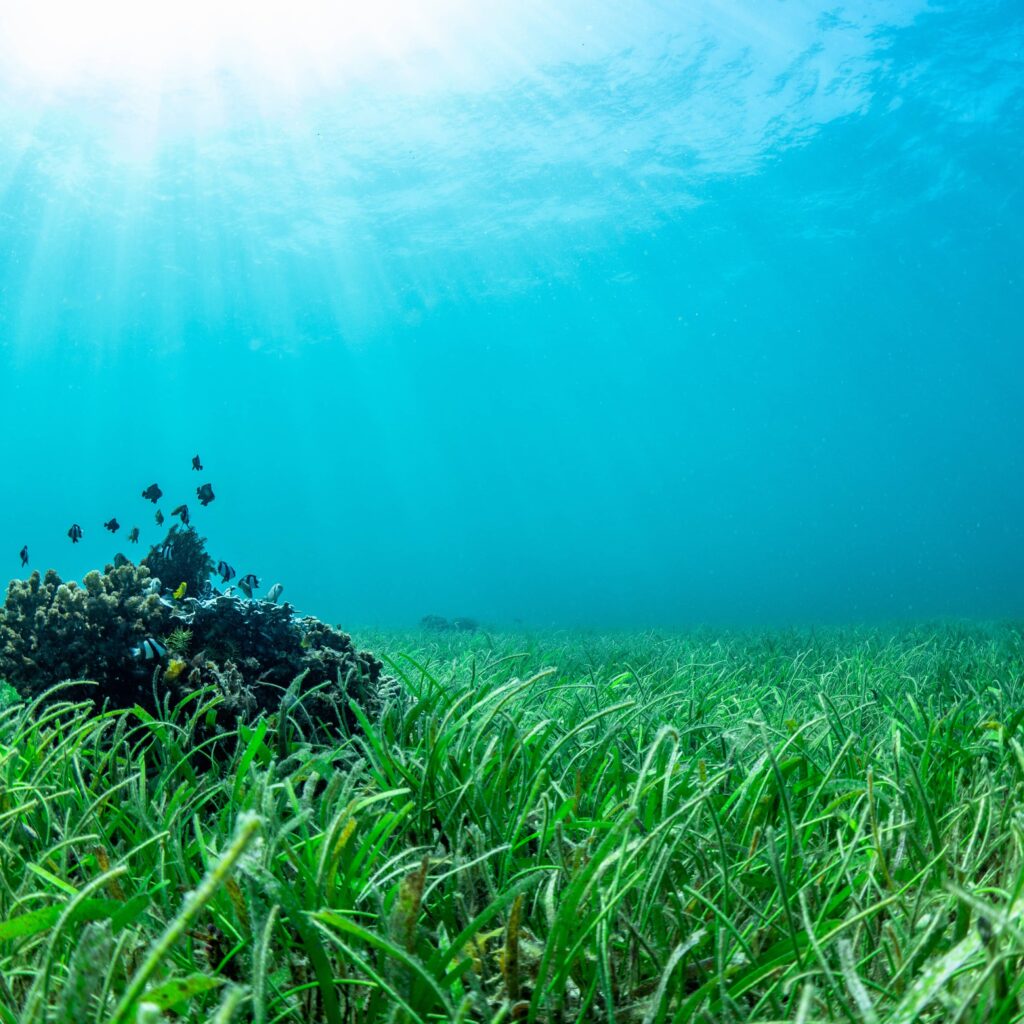
Seagrass
Seagrasses are flowering plants that are one of the first lines of defense along coastlines. They help filter pollution and protect communities from storms and flooding.
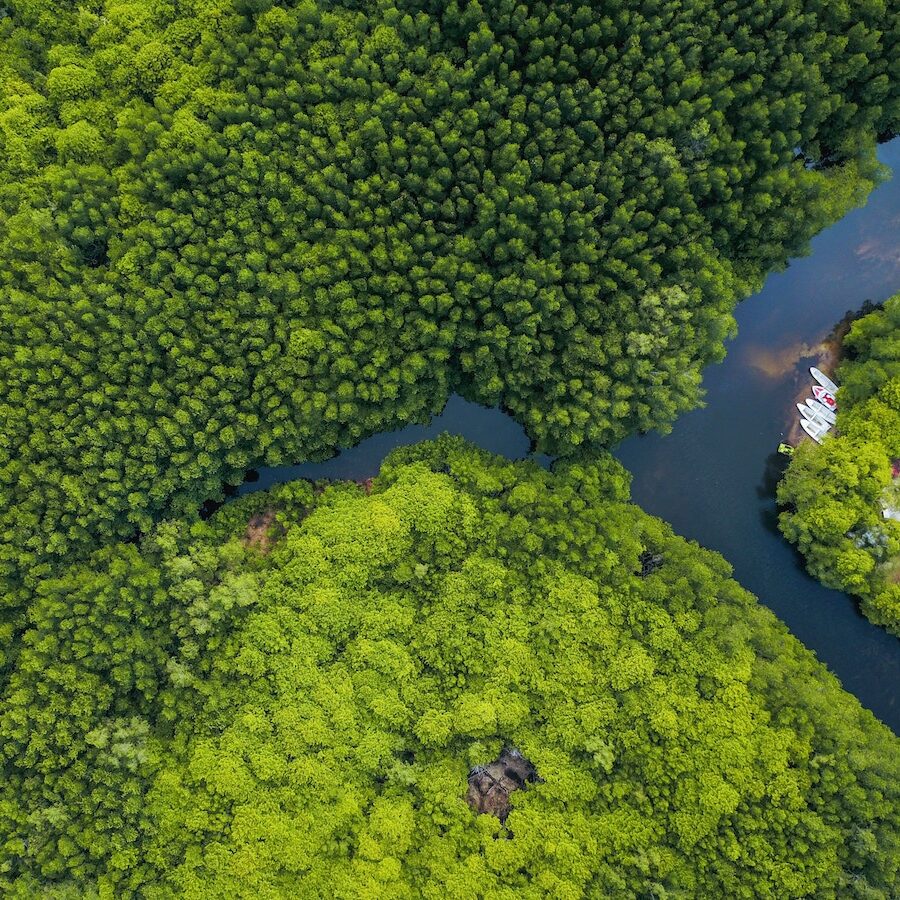
Mangroves
Mangroves are the best form of shoreline protection. They minimize erosion from waves and trap sediments, reducing the turbidity of coastal waters and maintaining stable shorelines.
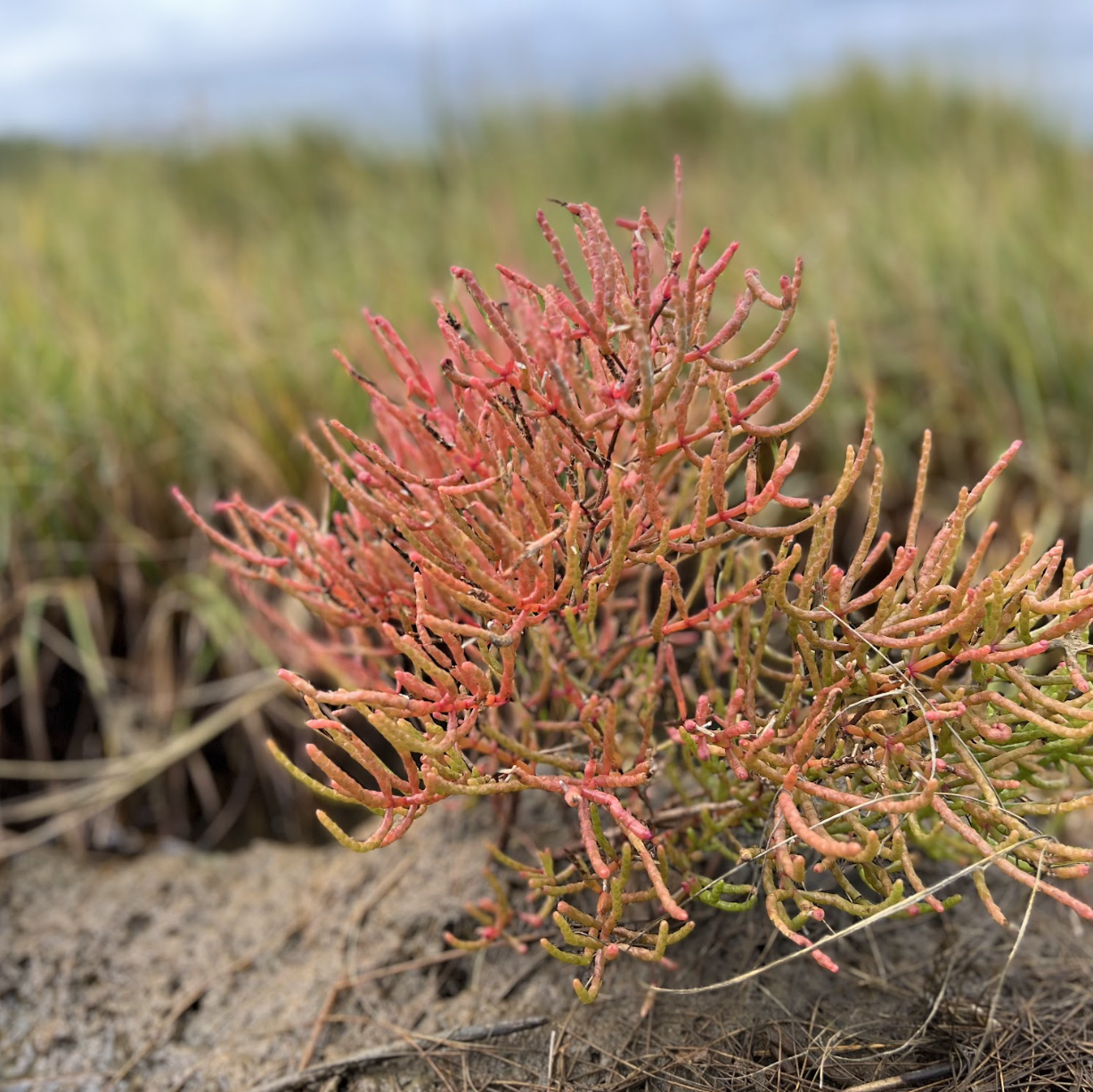
Salt Marshes
Salt marshes are productive ecosystems that help filter polluted water from land while protecting shorelines from flooding and erosion. They slow and absorb rainwater, and metabolize excess nutrients.
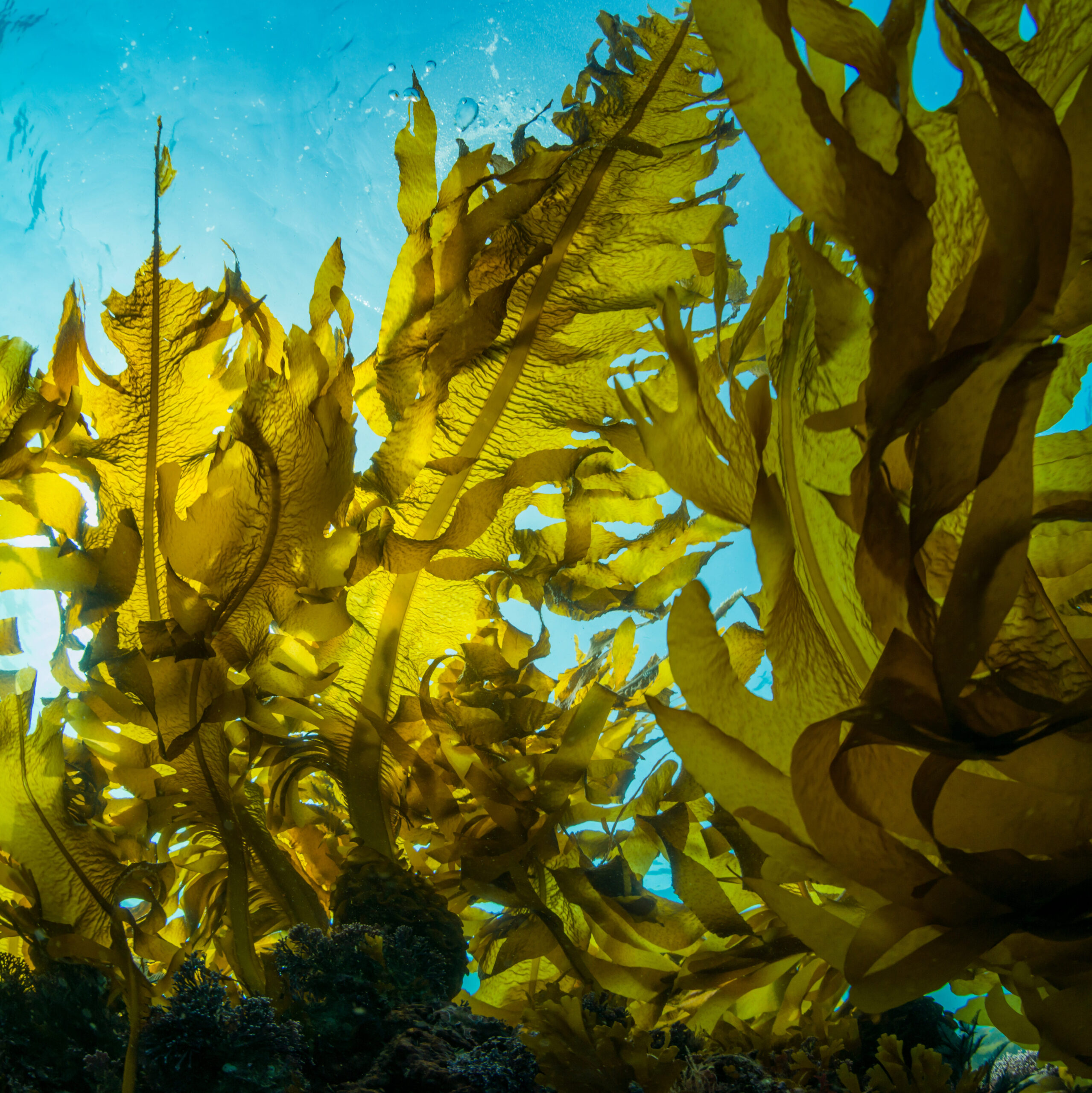
Seaweed
Seaweed refers to various species of macroalgae that grow in the ocean and other bodies of water. It grows fast and absorbs CO2 while it’s growing, making it valuable for carbon storage.
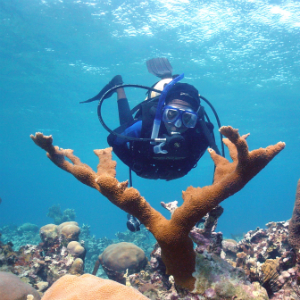
Coral Reefs
Coral reefs are not only critical to local tourism and fisheries, but they also have been found to reduce wave energy. They help buffer coastal communities against rising sea levels and tropical storms.
Regenerative Agriculture and Agroforestry
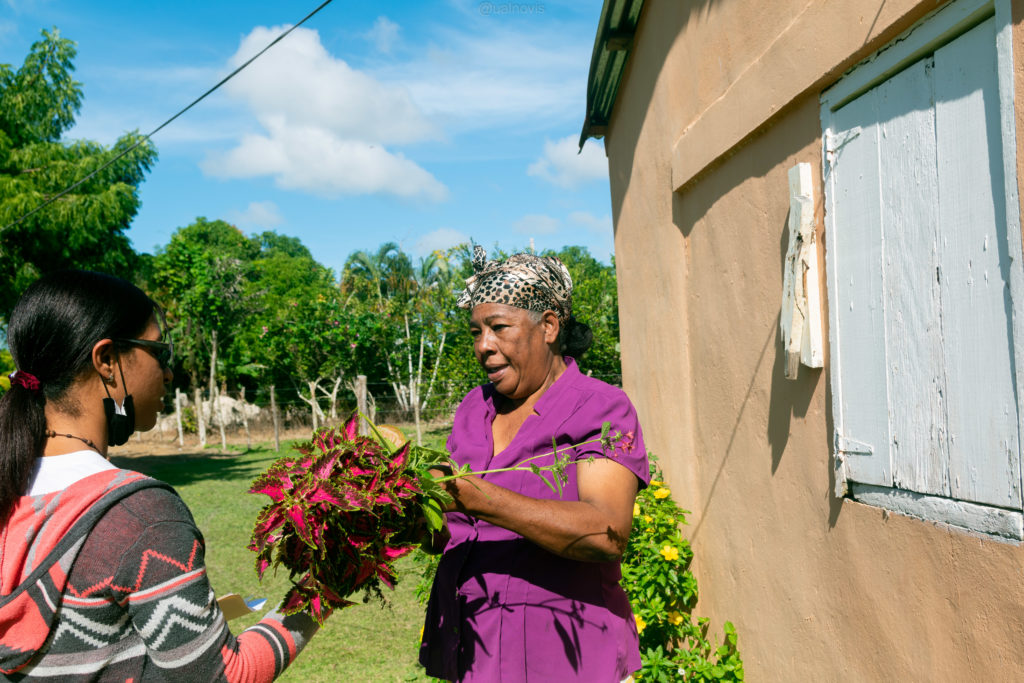
Our work in regenerative agriculture and agroforestry allows us to redefine farming strategies, using nature as a guide. We pioneer the use of sargassum-derived inputs in regenerative agriculture and agroforestry to reduce stressors to coastal environments, mitigate climate change, and support sustainable livelihoods.
By establishing a proof-of-concept approach for carbon insetting, we turn a nuisance into a solution by helping communities build resiliency into their supply chains and restore soil carbon that local farmers depend on. And, we help return carbon in the atmosphere back to the biosphere.
Photo Credit: Michel Kaine | Grogenics
Policy Engagement
Our policy work creates the conditions needed to better position blue carbon to be a more effective climate resilience solution.
We’re updating regulatory and legislative frameworks internationally, nationally, and at the sub-national level to create a more enabling environment for project certification –so blue carbon projects can generate carbon credits as easily as their terrestrial counterparts. We’re engaging with national and sub-national governments to encourage them to prioritize blue carbon conservation and restoration projects, to fulfill commitments toward Nationally Determined Contributions (NDCs) under the Paris Accord. And, we’re working with U.S. states to include blue carbon as a mitigation measure for ocean acidification plans.
Technology Transfer and Training
We strive to test new technologies such as unmanned aerial vehicles (UAVs), Light Detection and Ranging (LiDAR) imagery, among others, and to train and equip our partners with these tools. This improves cost-effectiveness, accuracy, and efficiency across all project stages. However, these technologies are often expensive and not accessible to underserved communities.
In the coming years, we will work with partners to make certain technologies less expensive, more reliable, and more easily repaired and calibrated in the field. Through capacity building workshops, we will support the development of advanced skill sets that can help local people create new business opportunities and be more competitive in the job market.
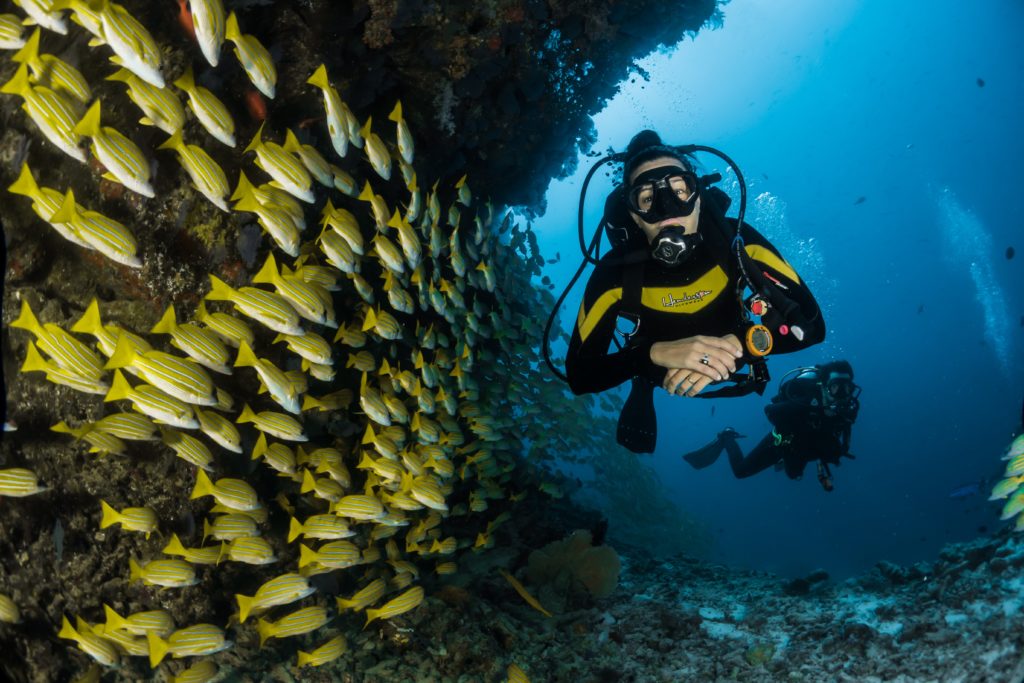
Project Highlight:
Caribbean Biodiversity Fund
We’re working with the Caribbean Biodiversity Fund to support projects in Cuba and the Dominican Republic — collaborating with scientists, conservationists, community members, and government leaders to create nature-based solutions, uplift coastal communities, and foster resilience from the threats of climate change.
The Bigger Picture
Healthy and productive coastal ecosystems can equally help people, animals, and the environment all at once. They provide nursery areas for young animals, prevent shoreline erosion from coastal waves and storms, support tourism and recreation, and create alternative livelihoods for local communities that are less harmful to the environment. Longer-term, the restoration and protection of coastal marine ecosystems may also encourage foreign investment that can drive local sustainable development and foster the growth of human and natural capital throughout a broader economic region.
We cannot do this work alone. Just as ecosystems are interconnected, so are the organizations working together around the globe. The Ocean Foundation is proud to maintain strong partnerships across the blue carbon community to participate in dialogue around innovative approaches and share lessons learned – to benefit coastal habitats, and the coastal communities that live alongside them, worldwide.
Resources
READ MORE
Philadelphia Eagles Go Green For the Ocean
In 2021, the Philadelphia Eagles, through their Go Green initiative, chose to enter a landmark partnership with The Ocean Foundation, becoming the first U.S. pro sports organization to offset 100 percent …
RESEARCH
Seagrass
Seagrasses are flowering plants that grow in shallow waters along the coasts of every continent except Antarctica. Seagrasses provide critical ecosystem services and are a reliable source for carbon sequestration.
Blue Carbon
Blue carbon is the carbon dioxide captured by the world’s ocean and coastal ecosystems, stored in the form of biomass and sediments from mangroves, tidal marshes and seagrass meadows.
Ocean and Climate Change
As concerns about climate change increase, the interrelationship between the ocean and climate change must be recognized, understood, and incorporated into governmental policies.
Glossary
About BRI: One Pager | The Blue Carbon Cycle | Blue Carbon Sequestration
MORE LINKS
Capacity Building | Carbon Offsets | Supporting Island Communities | Jobos Bay National Estuarine Research Reserve | Vieques Conservation and Historical Trust | Grogenics | Montraville Farms
RELATED SUSTAINABLE DEVELOPMENT GOALS (SDGS)
